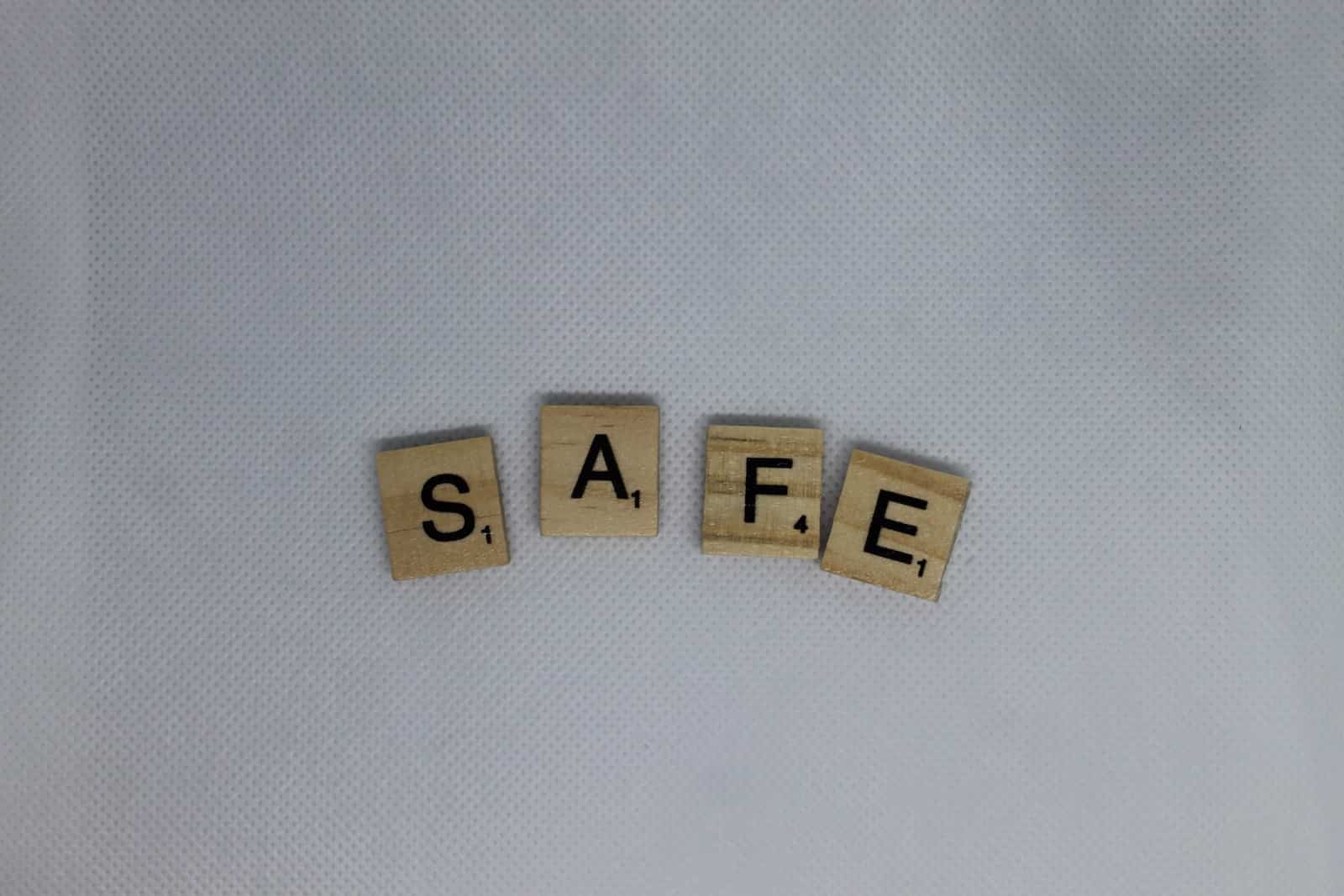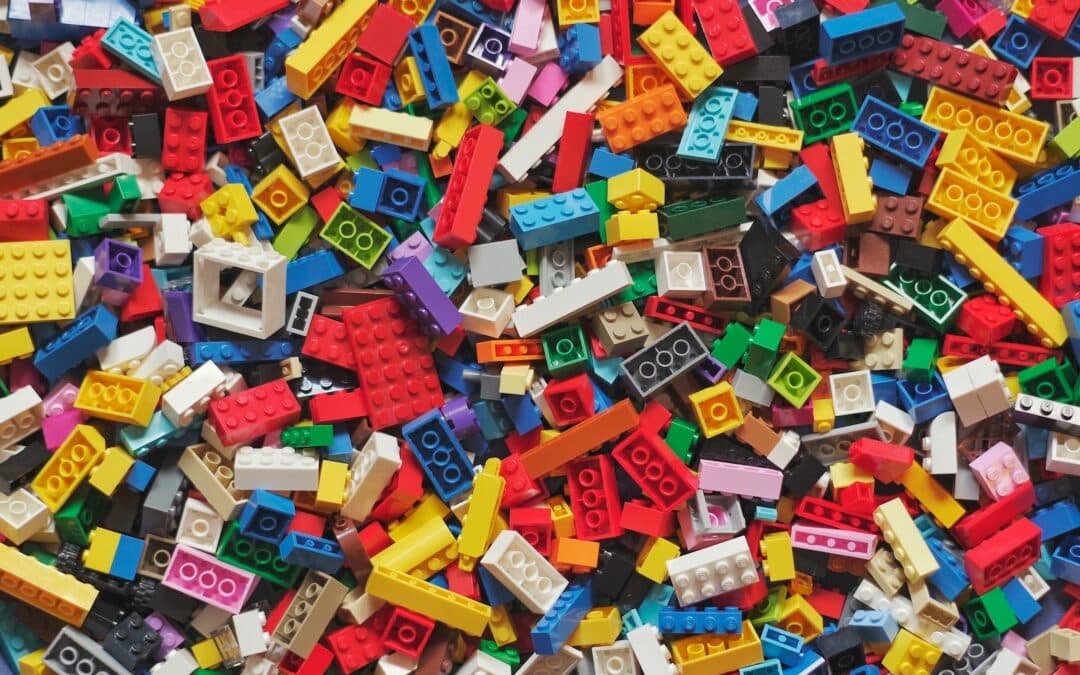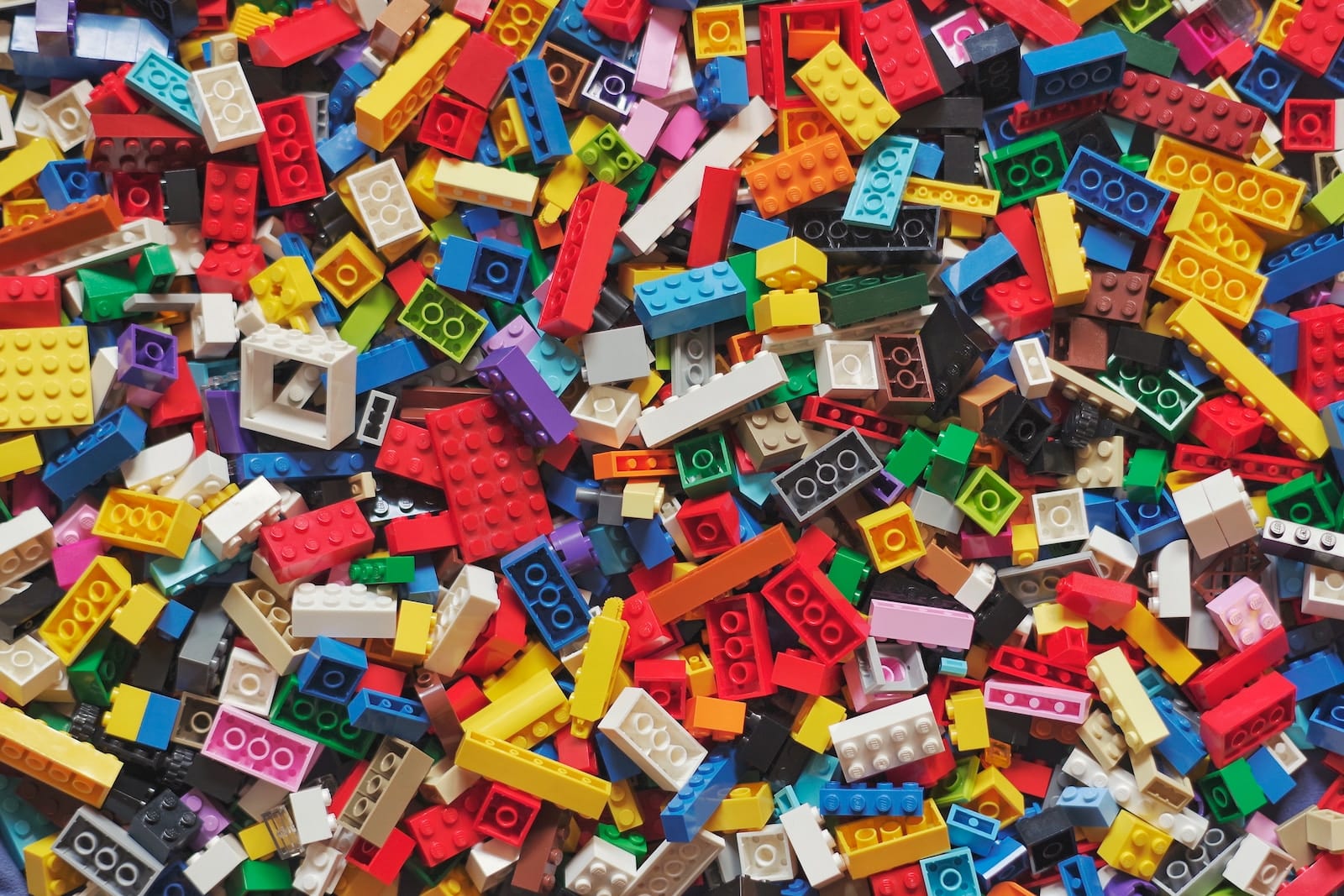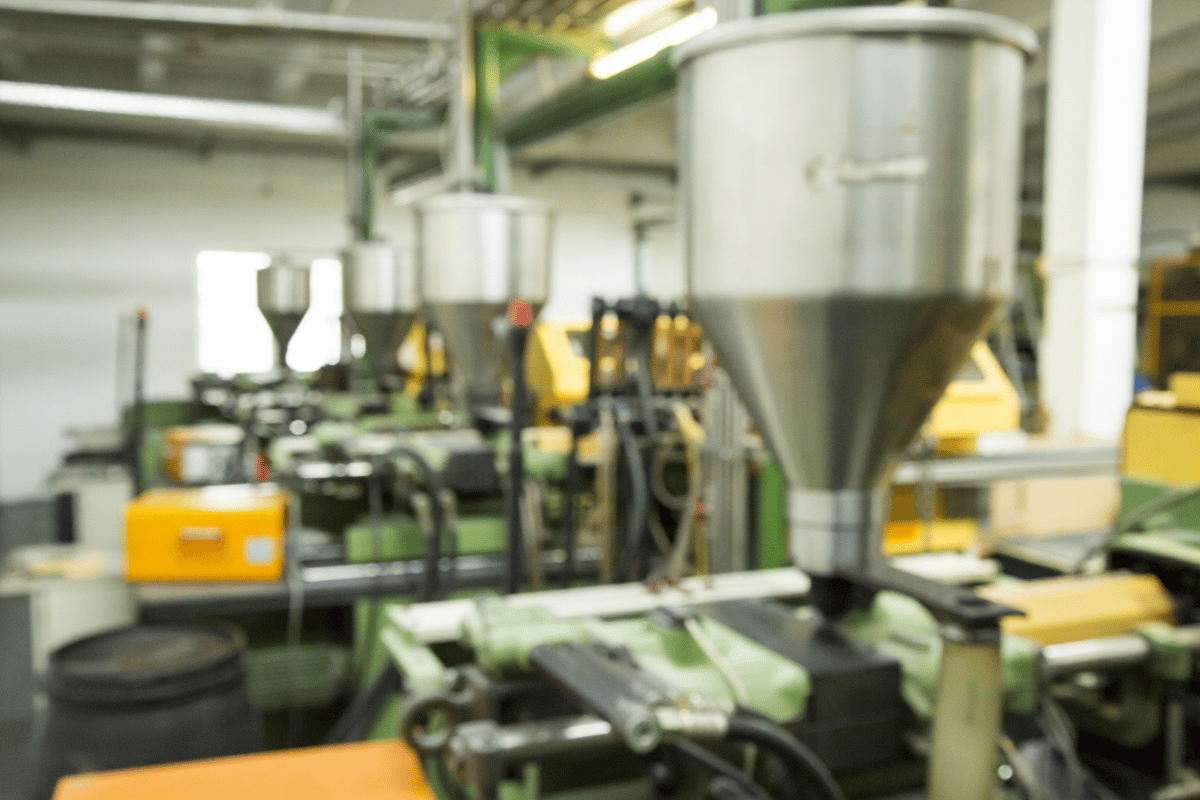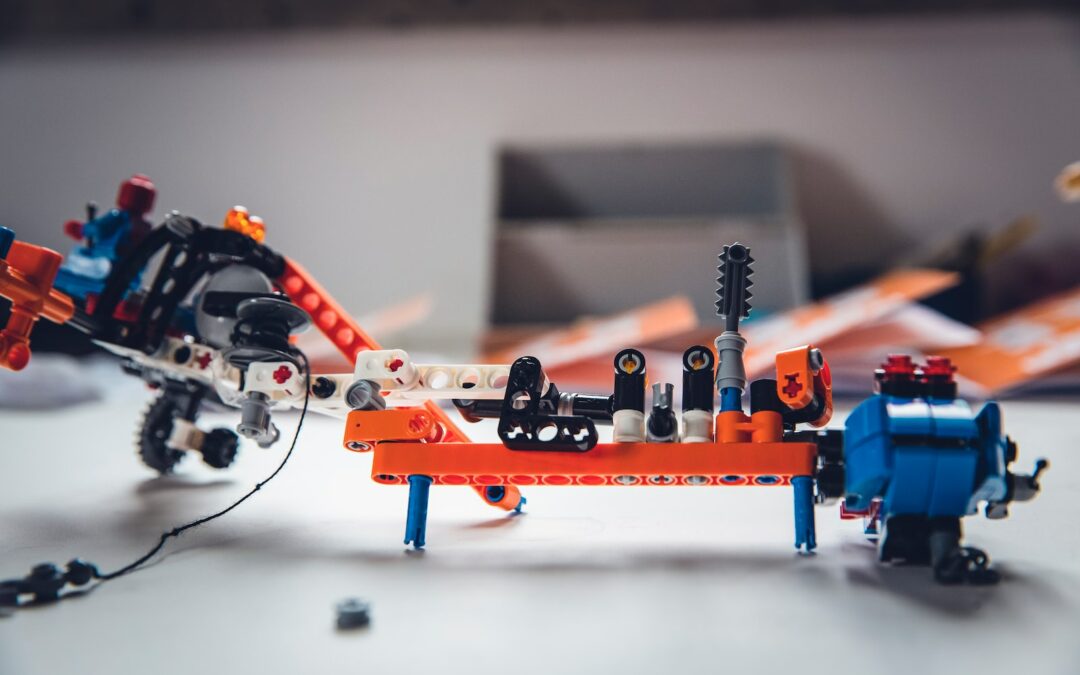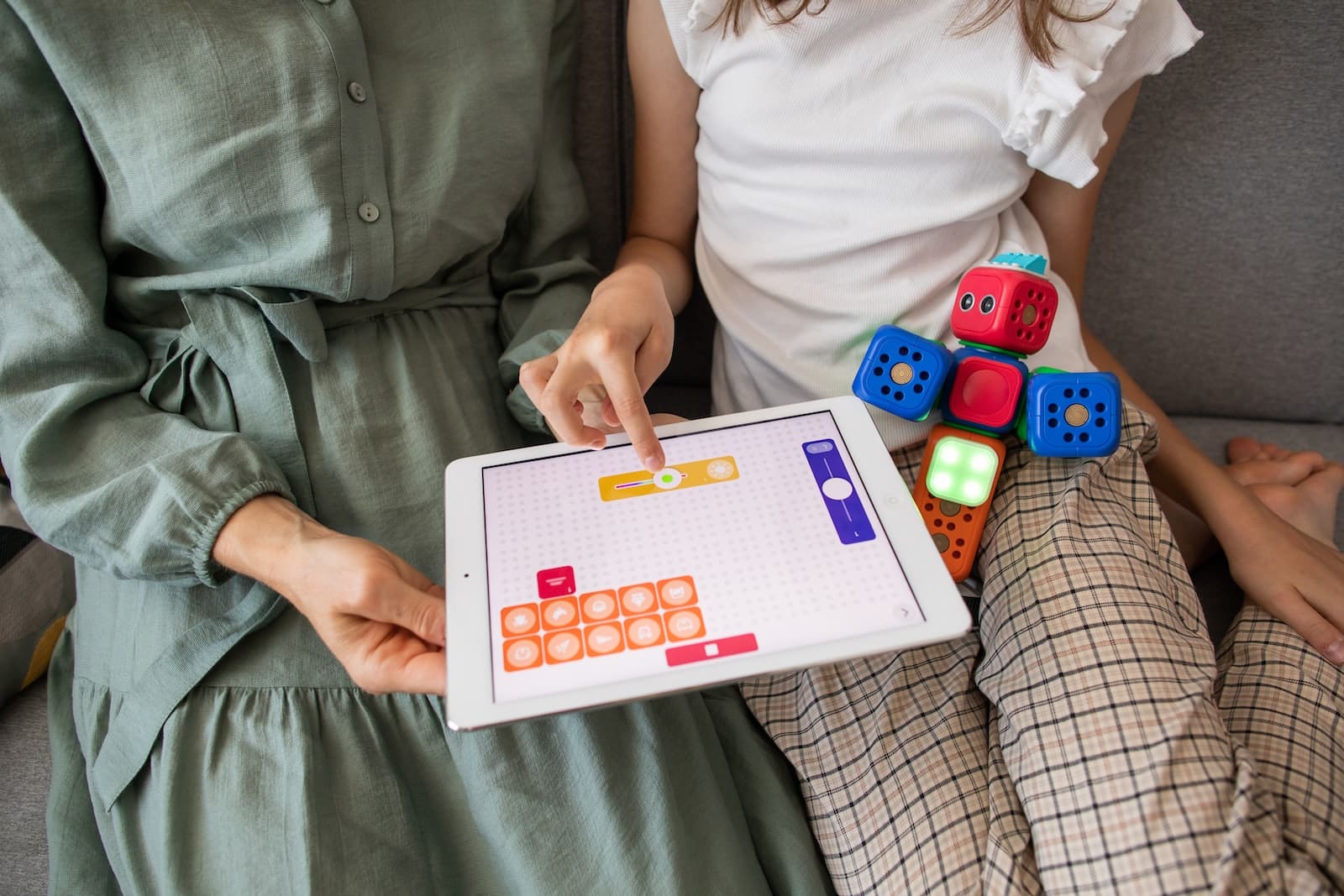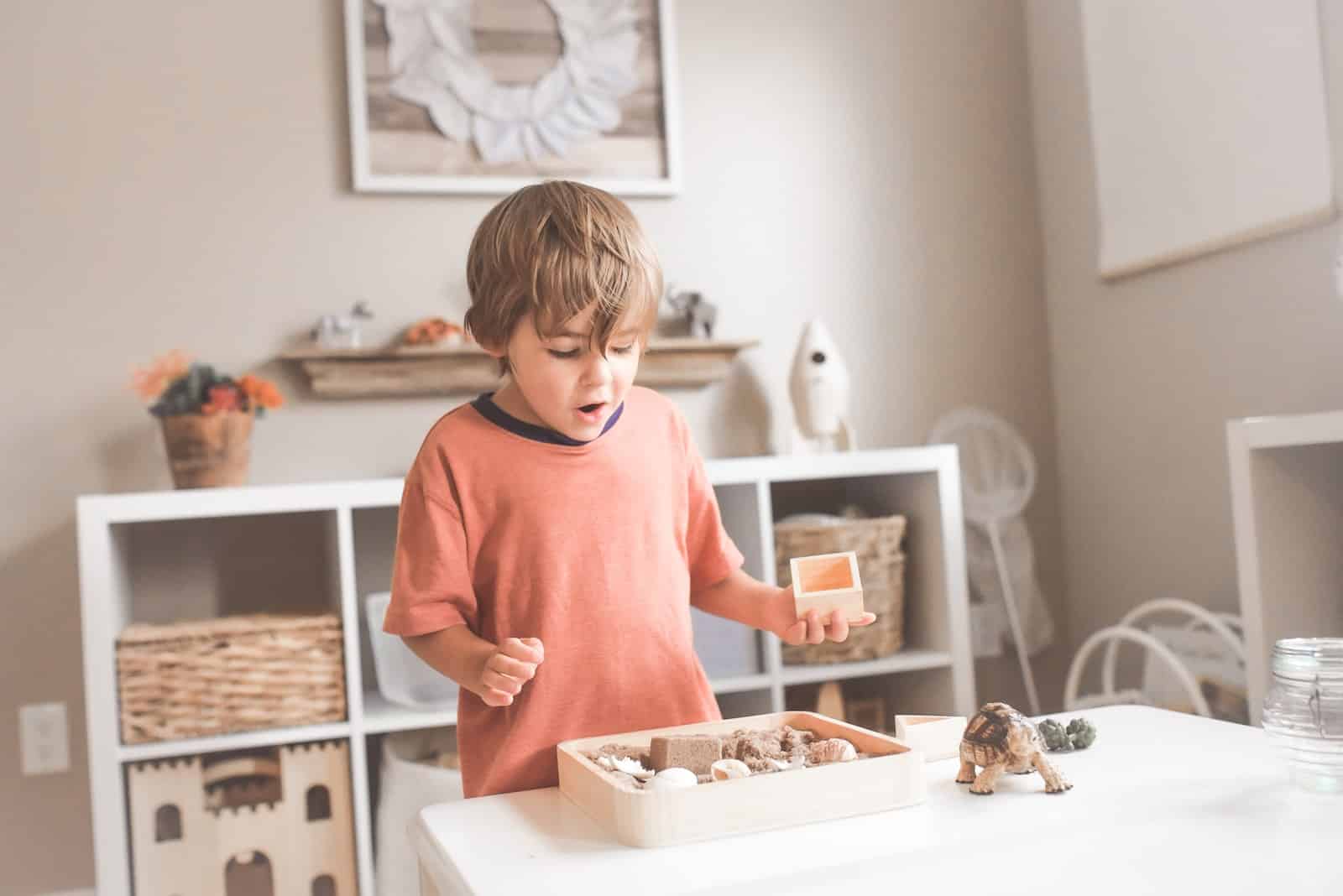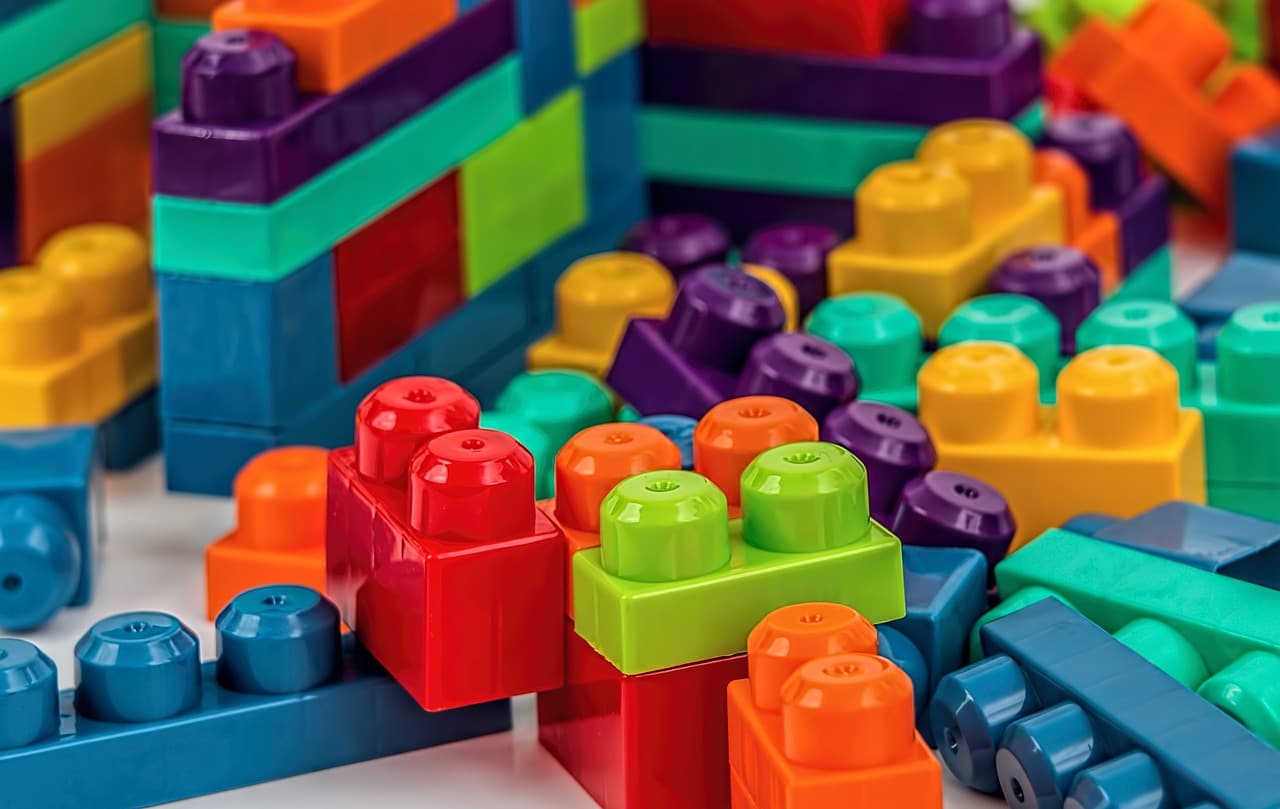
The Best Educational Toys for Young Minds
I. Introduction
In the rapidly evolving world of the 21st century, the importance of Science, Technology, Engineering, and Mathematics (STEM) education cannot be overstated. These fields form the backbone of our modern society, driving innovation and progress in countless ways. However, cultivating an interest in these subjects needs to start early, and one of the most effective ways to do this is through the use of educational toys.
Educational toys play a pivotal role in fostering an interest in science and math among young minds. They provide a hands-on, engaging way for children to explore complex concepts, making learning an enjoyable and interactive experience. These toys not only stimulate curiosity but also help children develop critical thinking and problem-solving skills, laying a strong foundation for their future academic and career success in STEM fields.
In this article, we will delve into the importance of STEM education in early childhood, the role of educational toys in promoting STEM learning, and provide a comprehensive list of the best educational toys that can introduce science and math concepts to young minds. We will also address some frequently asked questions about the use of educational toys in STEM education.
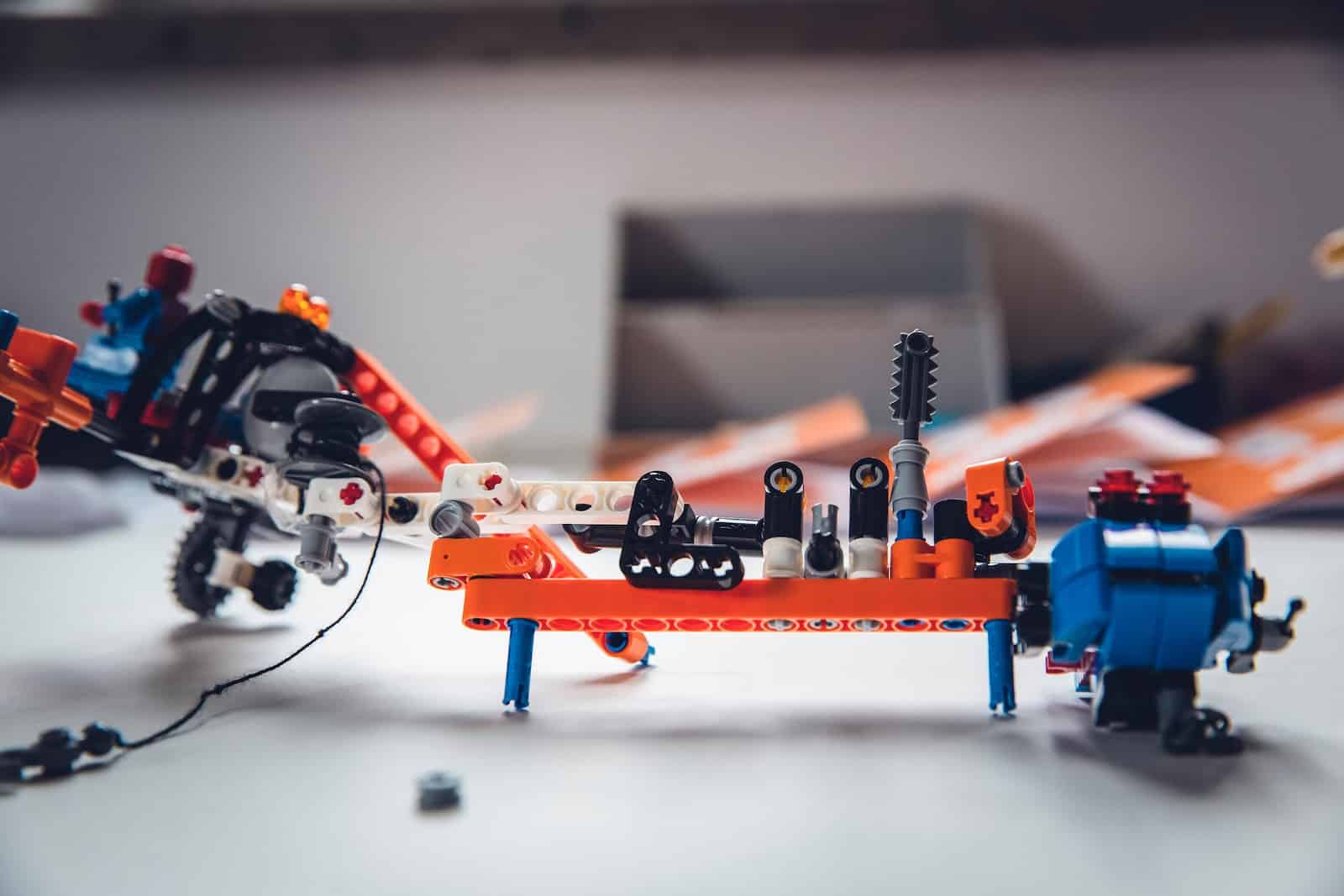
II. Why STEM Education is Crucial for Young Minds
The significance of STEM fields is growing exponentially in our modern world. From the smartphones we use daily to the medical advancements that save lives, STEM is at the heart of most technological and scientific breakthroughs. As such, there is an increasing demand for professionals skilled in these areas. According to the U.S. Bureau of Labor Statistics, occupations in STEM are projected to grow by 8.8% from 2018 to 2028, compared to 5.0% for non-STEM occupations. This growth is not just in quantity but also in quality, with STEM professionals often earning higher salaries compared to their non-STEM counterparts.
However, to prepare children for these promising career paths, it is crucial to expose them to STEM subjects early on. Early exposure to STEM can spark a lifelong interest in these fields. It helps children develop a strong understanding of how the world works, encouraging them to think critically, solve problems, and make informed decisions. Studies have shown that children who engage in scientific activities from an early age develop positive attitudes towards science and are more likely to pursue STEM careers later in life.
Moreover, STEM education is not just about preparing for future jobs. It’s about equipping children with the knowledge and skills they need to navigate an increasingly complex world. Whether it’s understanding the basics of nutrition, making sense of climate change, or simply fixing a broken toy, STEM education empowers children to understand and shape the world around them.
In the next section, we will explore how educational toys can be a powerful tool in promoting cognitive development and fostering an interest in STEM subjects among young minds.
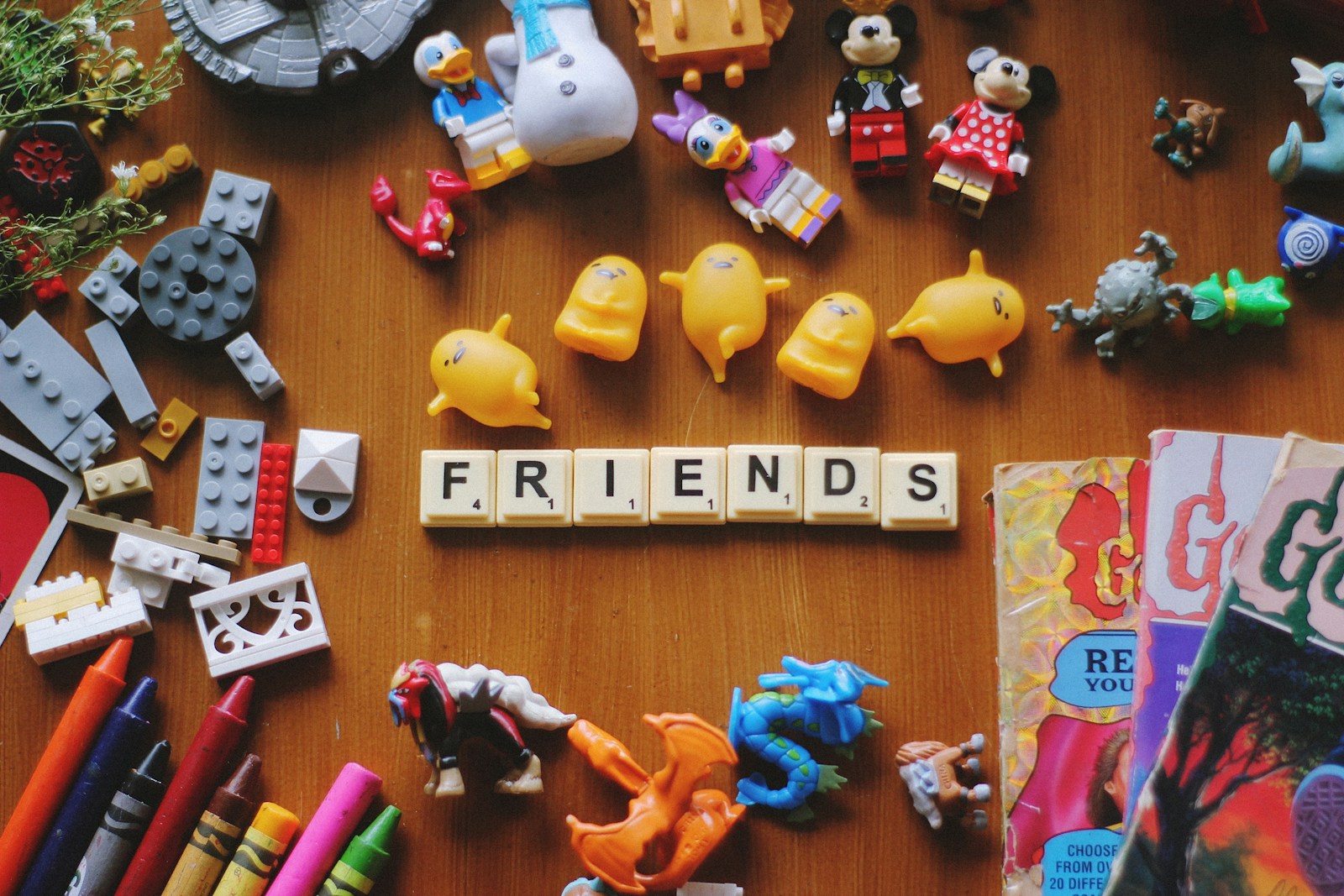
III. Educational Toys and Cognitive Development
Educational toys are not just playthings; they are powerful tools that contribute significantly to a child’s cognitive development. These toys are designed to challenge the mind, promote problem-solving skills, and encourage exploration and discovery. By engaging with educational toys, children can develop a range of cognitive abilities, from spatial awareness to logical reasoning.
One of the key impacts of educational toys is their ability to enhance critical thinking skills. When children play with toys that require them to follow instructions, experiment, and solve problems, they learn to think critically and analytically. For example, building blocks and puzzles require children to consider different possibilities and outcomes, which is a fundamental aspect of the scientific method.
Moreover, educational toys can also improve motor skills, which are essential for the physical tasks involved in many STEM activities. Toys that require assembly, manipulation, or precise movements help children develop fine motor skills. These skills are crucial for tasks such as writing, typing, and handling small scientific instruments or computer components.
In addition to cognitive growth, educational toys can also foster emotional and social development. Many STEM toys are designed for collaborative play, which can teach children about teamwork, sharing, and communication. These social skills are invaluable in the collaborative nature of many STEM fields.
In the following section, we will present a comprehensive list of the best STEM educational toys that are specifically designed to introduce science and math concepts to young learners, catering to a variety of age groups and interests.
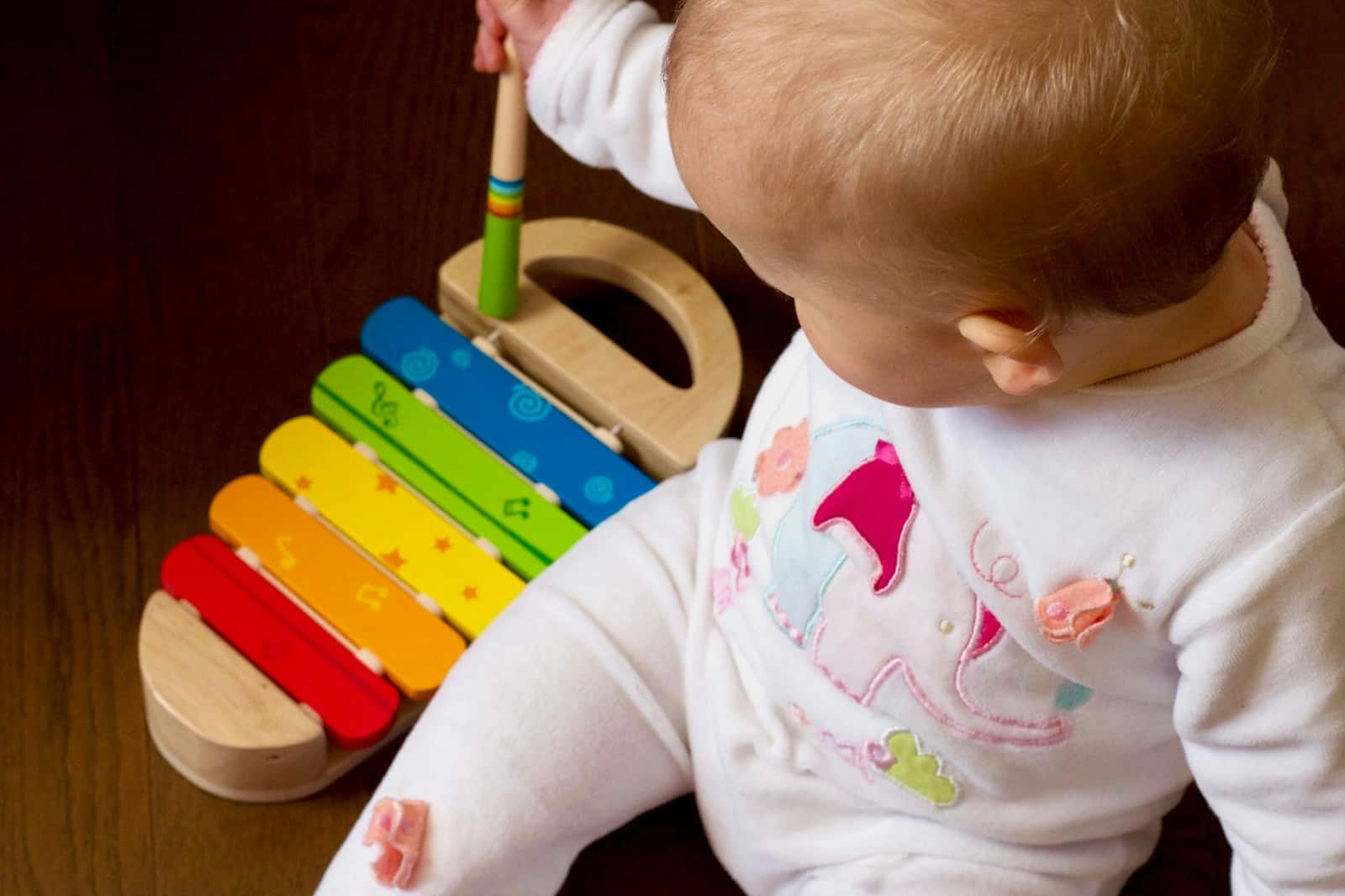
IV. Top Educational Toys for Introducing Science and Math Concepts
Introducing children to science and math concepts through play is a brilliant way to make learning engaging and fun. A well-chosen educational toy can ignite a child’s imagination and lead them to explore the wonders of these subjects. Here is a comprehensive list of some of the best STEM educational toys that cater to various age groups and learning stages:
a. Crystal Growing Science Experiment Kit
This kit allows children to grow their own crystals, turning chemistry into a visual and tactile experience. It teaches the basics of geology and crystal formation, encouraging patience and observation as children watch their crystals take shape over time.
b. The Original Stomp Rocket Dueling Rockets
Physics becomes a thrilling, hands-on experience with this toy. Children stomp on an air pad to launch rockets into the air, learning about forces, trajectory, and gravity through play. It’s a dynamic way to introduce basic physics concepts and the scientific method of hypothesis and experimentation.
c. Elenco Snap Circuits Jr. SC-100
This kit simplifies the complex world of electronics. Children can snap together different components to create working circuit boards, learning about electrical circuits and the flow of electricity. It’s an excellent introduction to the principles of electronics and circuitry.
d. Table Top Robot
Robotics is a fascinating field that combines engineering, coding, and problem-solving. A table top robot kit can introduce children to the basics of robotics and engineering principles. As they build and program their robot, they learn about mechanical movement and the basics of computer programming.
e. SmartLab Toys Squishy Human Body
Anatomy is made accessible and engaging with this interactive toy. Children can explore the human body by removing and replacing squishy organs. It’s a hands-on way to learn about human biology and the functions of different body systems.
f. National Geographic Starter Rock Tumbler Kit
Geology is brought to life with this rock tumbler kit. Children can transform rough rocks into polished gems, learning about the rock cycle and the natural processes that shape our planet.
g. Additional Notable Toys
Other educational toys worth mentioning include the Primary Science Lab Set, which introduces young children to the joy of experimentation and observation, and Camelot Jr., a game that challenges spatial reasoning and planning skills.
Each of these toys has been carefully designed to introduce and reinforce STEM concepts in an enjoyable and educational way. They cater to different interests and age groups, ensuring that there is something for every young learner.
In the conclusion of this article, we will recap the importance of educational toys in STEM education and encourage parents and educators to integrate these valuable tools into children’s learning experiences.
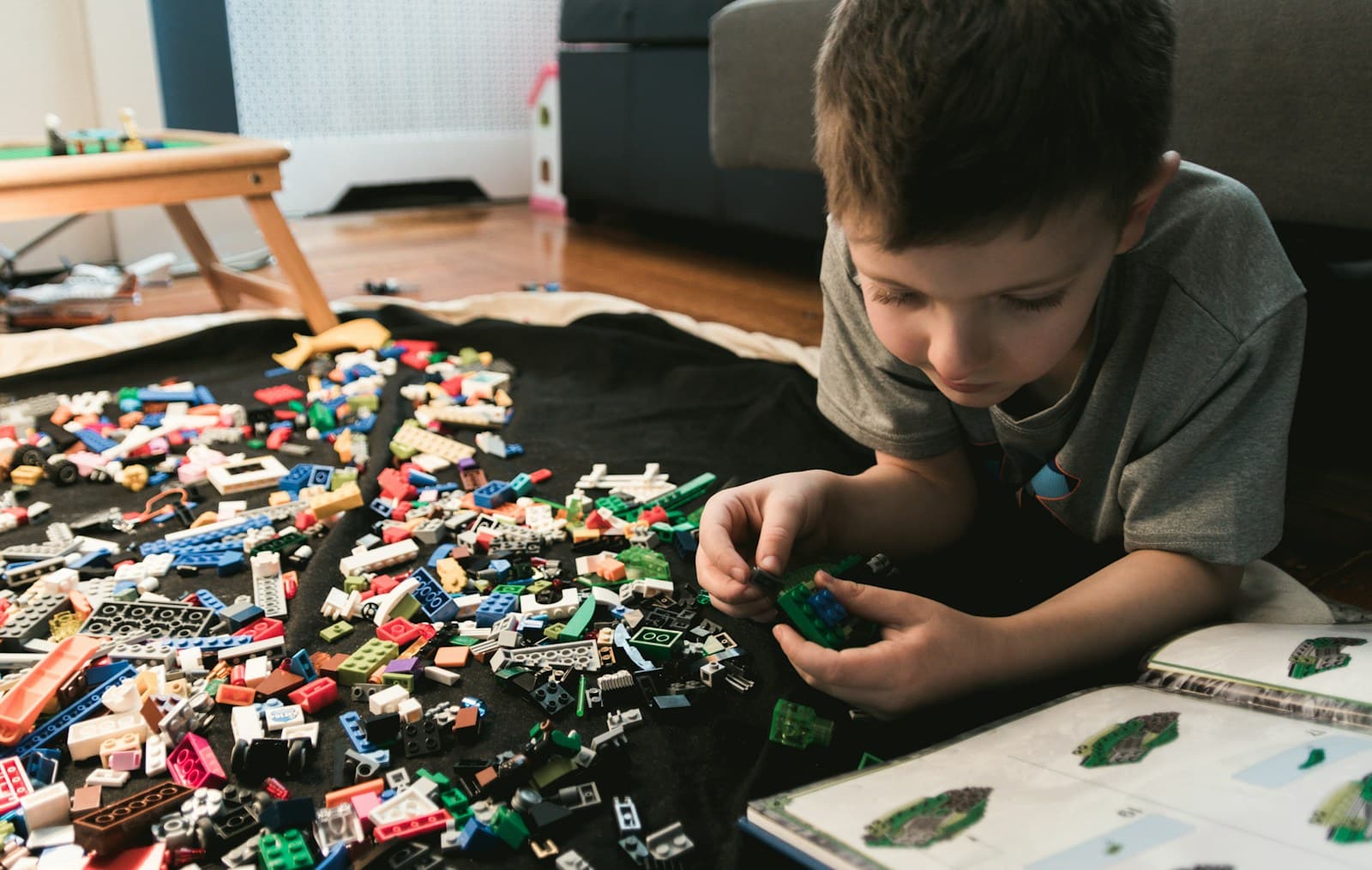
V. Conclusion
In conclusion, the integration of educational toys into early childhood learning is a vital strategy for sparking and nurturing an interest in STEM subjects. These toys serve as a bridge between abstract concepts and tangible understanding, making science and math both accessible and enjoyable for young minds. By providing children with the opportunity to explore and learn through play, we lay the groundwork for a lifelong journey of discovery and innovation.
The educational toys highlighted in this article are more than just sources of entertainment; they are catalysts for curiosity, critical thinking, and cognitive development. They offer diverse ways to introduce children to the principles of science, technology, engineering, and mathematics, catering to various age groups and learning preferences. From growing crystals to launching rockets, these toys engage children in active learning, encouraging them to question, experiment, and understand the world around them.
As we prepare our children for a future where STEM fields will continue to play a significant role, it is essential to recognize the power of educational toys in developing the next generation of thinkers, innovators, and leaders. Parents and educators alike should strive to incorporate these tools into their teaching methods, balancing traditional education with interactive play.
By doing so, we not only enhance the educational experience for our children but also contribute to a brighter future where they are equipped with the knowledge, skills, and passion to excel in STEM careers and beyond. Let us embrace the potential of educational toys to transform learning and inspire the young minds that will shape tomorrow’s world.
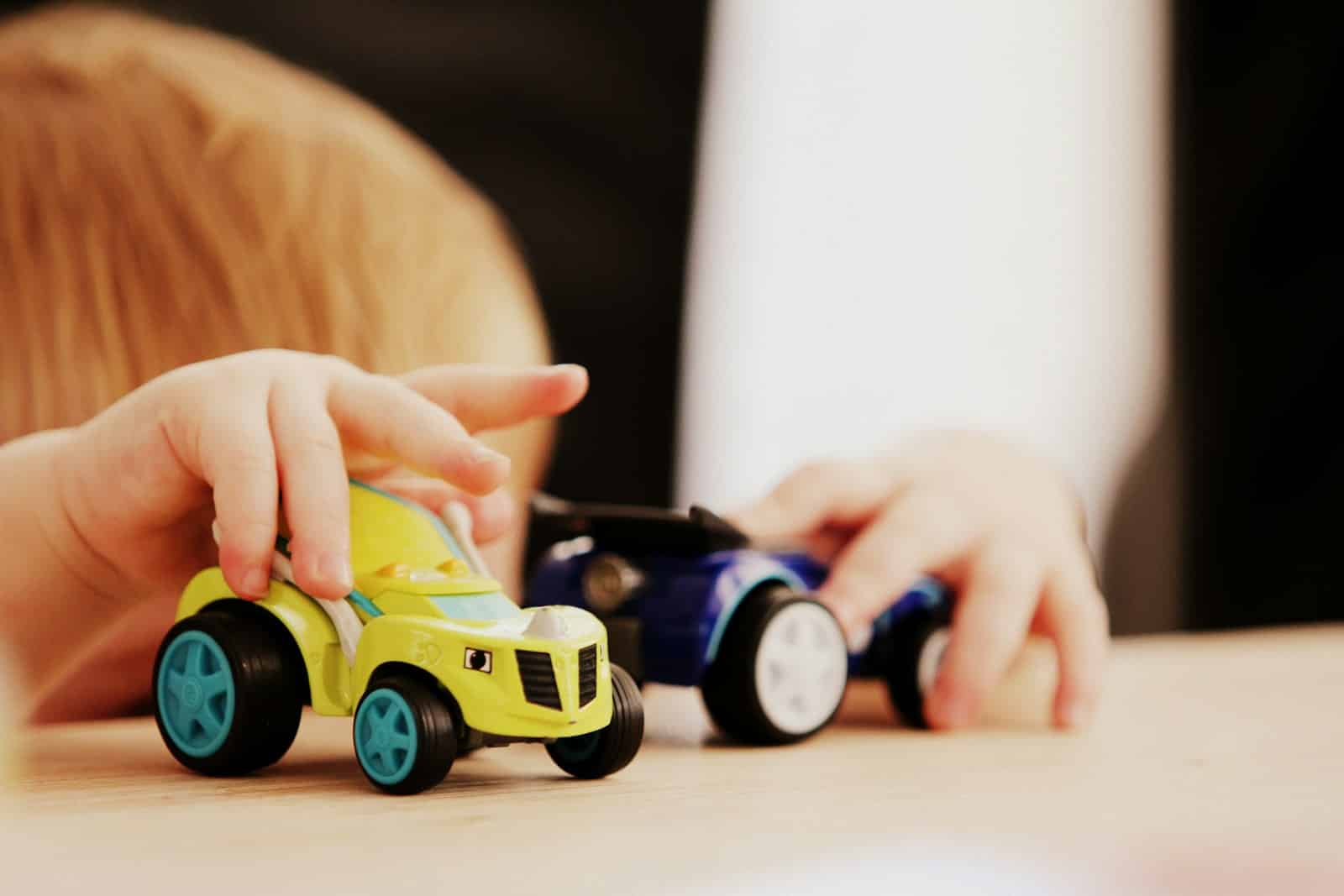
FAQs:
1. How do educational toys specifically benefit cognitive development in children?
Educational toys stimulate cognitive development by promoting problem-solving, critical thinking, and logical reasoning. They also help develop spatial awareness and fine motor skills, which are essential for many STEM-related tasks.
2. Can these science and math toys be used as effective learning tools for all ages?
Yes, there are educational toys designed for various age groups, ensuring that children can find age-appropriate toys that challenge their abilities and foster learning at every stage of development.
3. What safety considerations should parents keep in mind when selecting STEM toys for their children?
Parents should look for toys that are age-appropriate, made from non-toxic materials, and have no small parts that could pose a choking hazard for younger children. They should also ensure that the toys meet safety standards and regulations.
4. Are there any studies or research that show the long-term impact of using educational toys on a child’s interest in STEM fields?
Several studies suggest that early engagement with STEM-related toys and activities can lead to a sustained interest in these fields and a higher likelihood of pursuing STEM careers in the future.
5. How can parents and educators balance the use of educational toys with traditional teaching methods in STEM education?
A balanced approach can be achieved by incorporating educational toys as supplements to traditional teaching methods, using them to reinforce concepts taught in the classroom and providing hands-on experiences that enhance understanding and retention.


